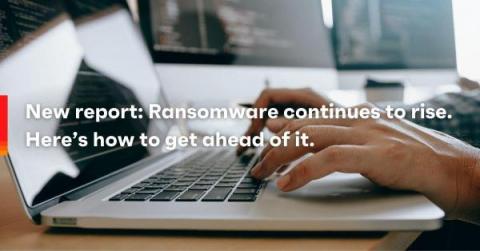5 Challenges to Security Operations Strategies
Do you love SecOps in theory, but just can't seem to make it work in practice? Or, maybe you've already implemented a security operations strategy to some degree within your organization, but struggle to make IT operations and security jive as seamlessly as you would like? Either way, there's a good chance that your troubles stem from one or more of the common barriers to SecOps strategies. This article explains why businesses often fail at implementing SecOps successfully and how they can work around the roadblocks.











